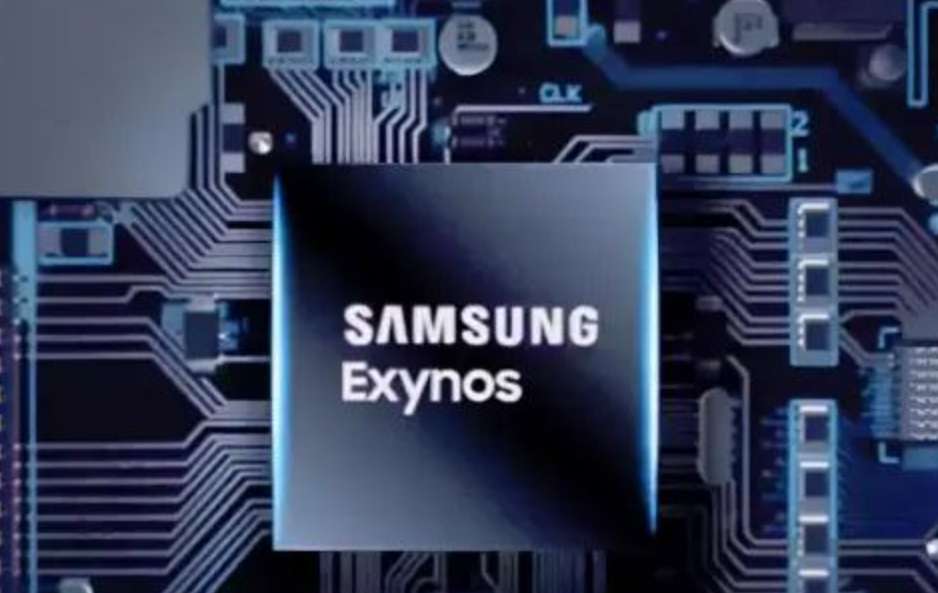Samsung Ultimately Couldn’t Hold On
Advertisements
In the complex landscape of the global semiconductor industry,the competition between manufacturing giants has intensified,particularly in the realm of foundry services.At the forefront of this rivalry are two formidable players: Taiwan's TSMC (Taiwan Semiconductor Manufacturing Company) and South Korea's Samsung Electronics.Over recent years,the dynamics of the semiconductor foundry market have witnessed a significant shift,with TSMC ascending to a dominant position while Samsung now grapples with unprecedented challenges in holding onto its market share.This development is not merely a shift in numbers; it signifies broader themes of competition,innovation,and adaptation within a rapidly evolving industry.
Since its establishment in the 1980s,TSMC has carved out a reputation for excellence by leveraging its advanced manufacturing capabilities.The company's strategic investments in cutting-edge process technologies,particularly in the realm of sub-7nm nodes,have elevated its status to that of an industry leader.TSMC's market share has surged,nearly doubling from just under 50% in 2022 to approximately 64.9% in 2023.This growth can be attributed not only to its technological breakthroughs but also to an effective capacity management system and a high standard of customer service that aligns closely with the needs of the market.
In stark contrast,Samsung's presence in the foundry market has experienced a notable decline.The company's market share,which was over 15% in 2022,plummeted to around 9.3% in 2023.Despite possessing formidable semiconductor manufacturing capabilities,Samsung has struggled to replicate TSMC's success in the foundry space.This troubling decline raises significant concerns about the future sustainability of Samsung's foundry operations.
Moreover,the competitive landscape is becoming increasingly complicated,especially with the rise of Semiconductor Manufacturing International Corporation (SMIC) in China.SMIC has made substantial strides in enhancing its manufacturing capabilities and expanding its portfolio,thereby positioning itself as a strong contender in the tier two group of foundry services,alongside GlobalFoundries and UMC.The rapid growth of SMIC not only amplifies the competitive pressure on Samsung but also signifies a shift in the global semiconductor landscape towards increased competition among various players.
The challenges for Samsung are multifaceted.In the advanced process technology segment,Samsung has found itself in a precarious position.Recent reports indicated a decline in the utilization rates of advanced process nodes,leading to the decision to close over 30% of its production lines.While this move helps to mitigate operational costs,it also detracts from Samsung's competitive edge in the advanced fabrications market.The company has attempted to navigate these turbulent waters by investing in research and development related to 3nm technology.However,progress has proved elusive,with many industry experts raising concerns over low yields and limited output.
Compounding Samsung's difficulties is its increasing dependency on TSMC,particularly for manufacturing its forthcoming Exynos processors.Reports suggest that Samsung may deploy TSMC for certain Exynos chip productions,highlighting a potential shift towards reliance on a rival.Such a maneuver could indicate a severe strategic setback for Samsung,revealing a dependency that contrasts starkly with its previously strong independent position in semiconductor foundry capabilities.
To navigate this challenging landscape,Samsung must adopt proactive strategies to revitalize its foundry business.Firstly,an increased commitment to research and development focused on advanced process technologies is imperative.Investing in new techniques,bolstering yield rates, and optimizing manufacturing capacities will be crucial as the company endeavors to reclaim its competitive stance against TSMC and other emerging players.
and optimizing manufacturing capacities will be crucial as the company endeavors to reclaim its competitive stance against TSMC and other emerging players.
Furthermore,strategic partnerships and collaborations with chip design firms are essential.In an industry that thrives on innovation and responsiveness,fostering relationships with key clients can serve to enhance customer loyalty and broaden Samsung’s market outreach.Diversifying its client base and reducing dependency on any single customer will be pivotal for sustaining a robust market presence.
Additionally,Samsung may wish to explore mergers or acquisition strategies to fortify its position within the foundry landscape.Collaborations with tier-two players like UMC or GlobalFoundries could provide Samsung with enhanced manufacturing capabilities and increased market share,aiding its resurgence in a highly competitive environment.
Nevertheless,competing in the semiconductor foundry market will require Samsung to embrace continuous innovation,streamline operations,and elevate service quality.The opportunities for regaining ground exist,but success will hinge on Samsung's ability to adapt swiftly to technological advancements and market demands.
In summary,the trials facing Samsung in the foundry market mirror the broader transformations taking place in the global semiconductor industry.As competitors intensify the race for technological supremacy and market capture,the need for adaptability becomes paramount.For Samsung,the path forward will rely on its willingness to implement strategic measures,innovate diligently,and cultivate a diverse clientele – necessary steps to navigate through turbulent waters and harness new growth opportunities in the extended future.
Leave a Reply